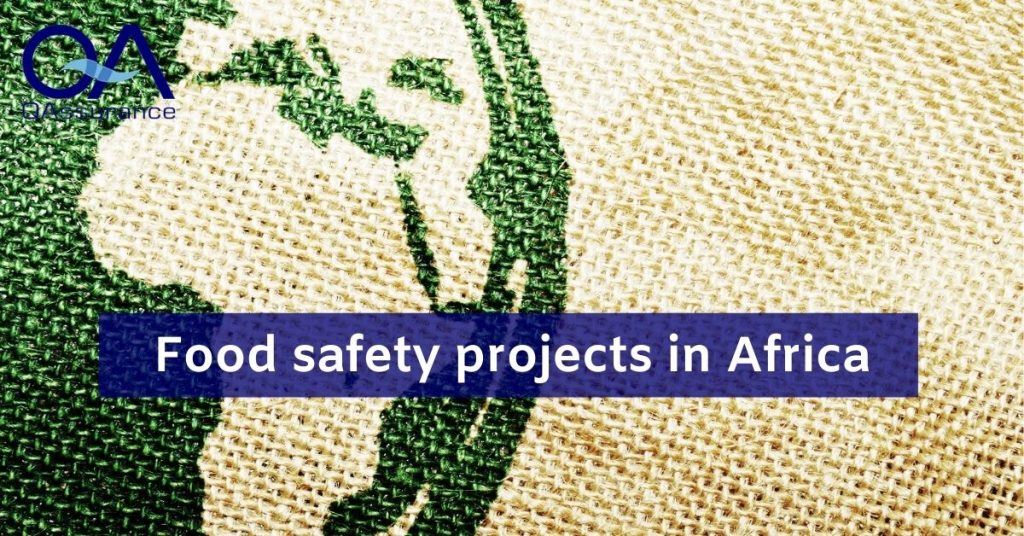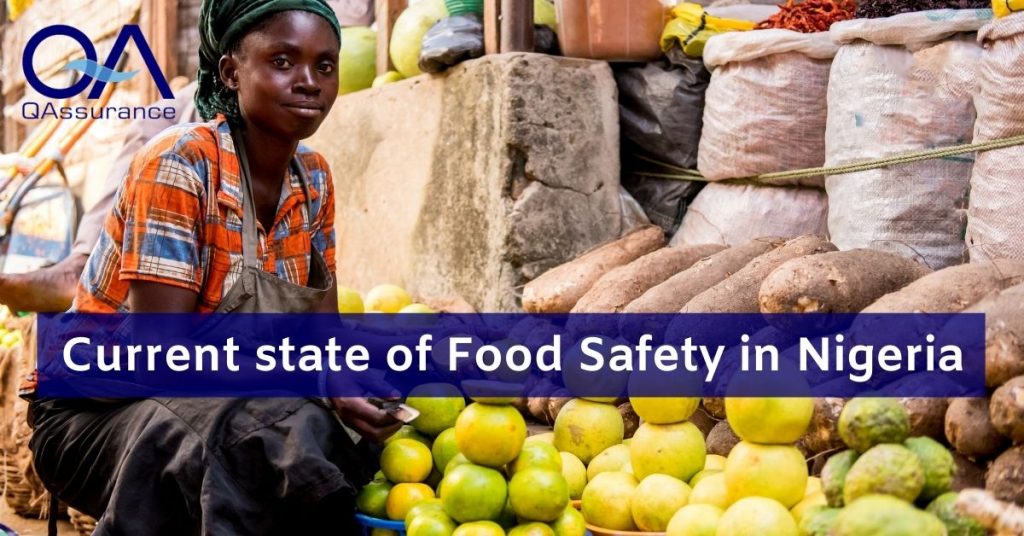Gluten
Cereals containing gluten (i.e. wheat, rye, barley, oats, spelt, kamut or their hybridised strains) and products thereof, except:
- Wheat based glucose syrup including dextrose;
- Maltodextrins derived from wheat;
- Barley-based glucose syrup;
- Cereals used for making distillates or ethyl alcohol of agricultural origin for spirit drinks and other alcoholic beverages.
Examples of ingredients and products that contain or may contain gluten:
- bakery products;
- Pasta ware;
- tortillas;
- vermicelli;
- breadcrumbs;
- oatmeal;
- couscous;
- breakfast products (such as muesli, cruesli, breakfast drinks, cereal bars, etc.).
Gluten hypersensitivity
Gluten hypersensitivity is a common intestinal disease. We call this disease celiac disease. It is not an allergic disorder. There are 16,000 people in the Netherlands with the diagnosis of celiac disease. There are probably many more people with celiac disease, estimated at approximately 160,000. The complaints are not always recognised. Hypersensitivity to gluten (coeliac condition) is not actually an allergy.
Celiac disease
Celiac disease is an autoimmune disease. That means that the body makes antibodies against its own tissues. The body's reaction to gluten causes the intestinal villi to disappear. This makes it much harder for nutrients to be absorbed.
Gluten allergy
Symptoms of a gluten allergy: The symptoms of a gluten allergy differ in adults and children. In children, symptoms appear after gluten is introduced into the diet, usually between four and eight months of age.
In children, symptoms include abdominal pain, discomfort, or cramps, distended or swollen abdomen, loose and watery stools, pale, thick, smelly stools, constipation, lack of weight gain, weight loss, irritability and behavioral problems, vomiting, diarrhea, and dermatitis herpetiformis.
Symptoms in adults include: diarrhoea, constipation, foul-smelling stools, weight loss, bloated abdomen, lots of gas, heartburn or acid reflux, frequent indigestion, fatigue, anaemia, depression, mouth sores, and dermatitis herpetiformis. Not everyone will experience all of these symptoms.
- Gluten is often used as a binding agent, such as in meat or fish products;
- Sometimes gluten is added to flavourings and flavour components to improve their spreadability, for example;
- (Hydrolysed) vegetable proteins may also contain wheat protein and therefore gluten;
- Wheat germ oil may contain gluten;
- Naturally gluten-free grains (maize, rice, buckwheat) may contain gluten due to cross-contamination;
- Malt extract is used in beer, chocolate and cornflakes;
- Glutamate is an amino acid and does not contain gluten.
Gluten is often not asked about in general, but is broken down into wheat, rye, barley, oats, spelt and kamut. Cereals containing gluten must be listed with the type name (i.e. with or without wheat, rye, barley, oats, spelt or kamut) in the ingredient declaration.
Related articles to Gluten: Example of a common food allergy
Many customers and visitors to this page 'Gluten: Example of a common food allergy' also viewed the articles and manuals listed below:



